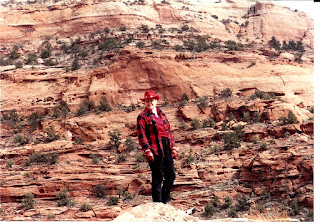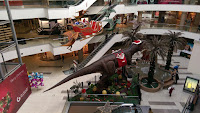The Power of the Fulbright Program
The Fulbright mission, “…to increase mutual understanding and support friendly and peaceful relations between the people of the United States and the peoples of other countries,” remains a dominant driving force in cross-cultural communication and appreciation. I’m proud to be part of the Fulbright Family. I stand ready to help anyone who is thinking of pursuing a Fulbright opportunity. The program is, quite frankly, amazing. One of the Forgotten Fortresses of the Eastern Desert: Qasr Q'ilat (Castle-castle). It's really a dam that's been there since, according to my Bedouin guide taking a smoke break on the dam, Roman times. He showed me Roman engravings. This is OUT IN THE MIDDLE OF NOWHERE. But such a neat place! I ’ ve had some time to reflect on our experiences in Jordan, now that we ’ ve begun settling back into life in the States. And here's the thing: I have absolutely nothing bad to say about the experience – or the Kingdom, or its people. I can hones


